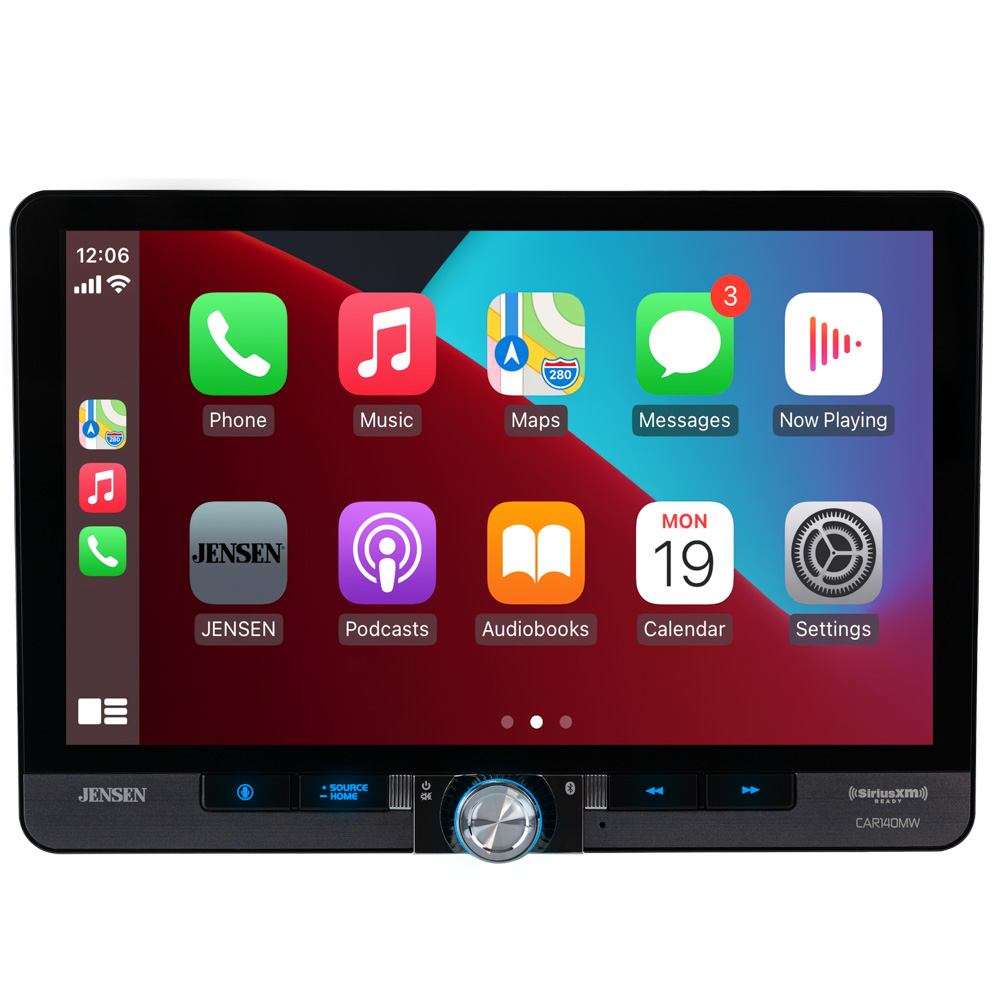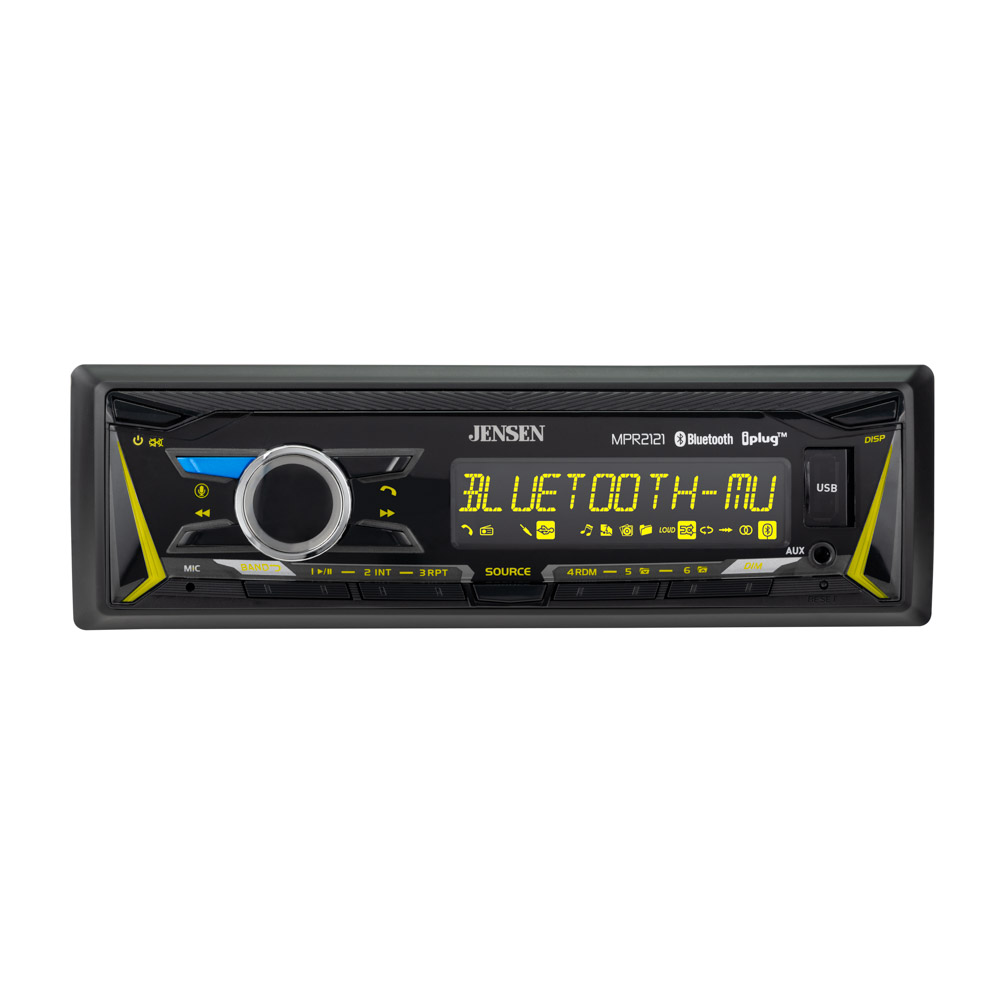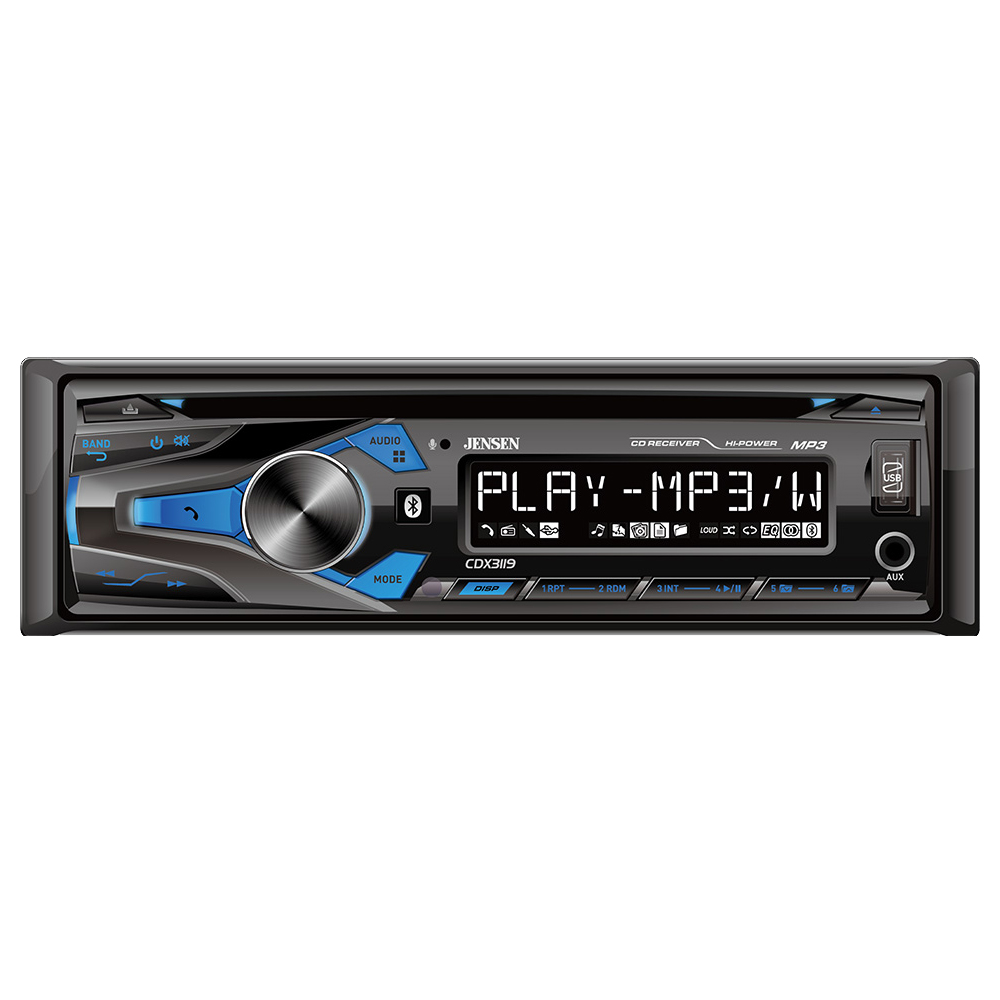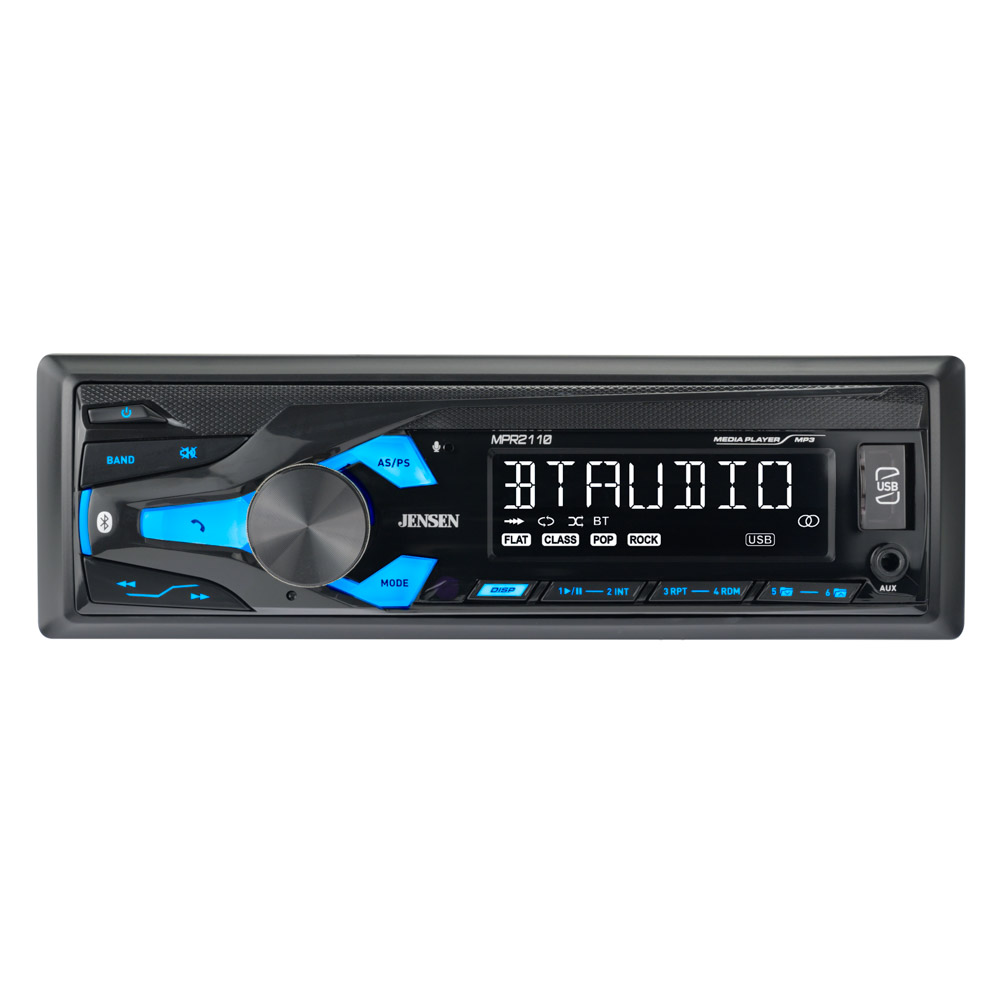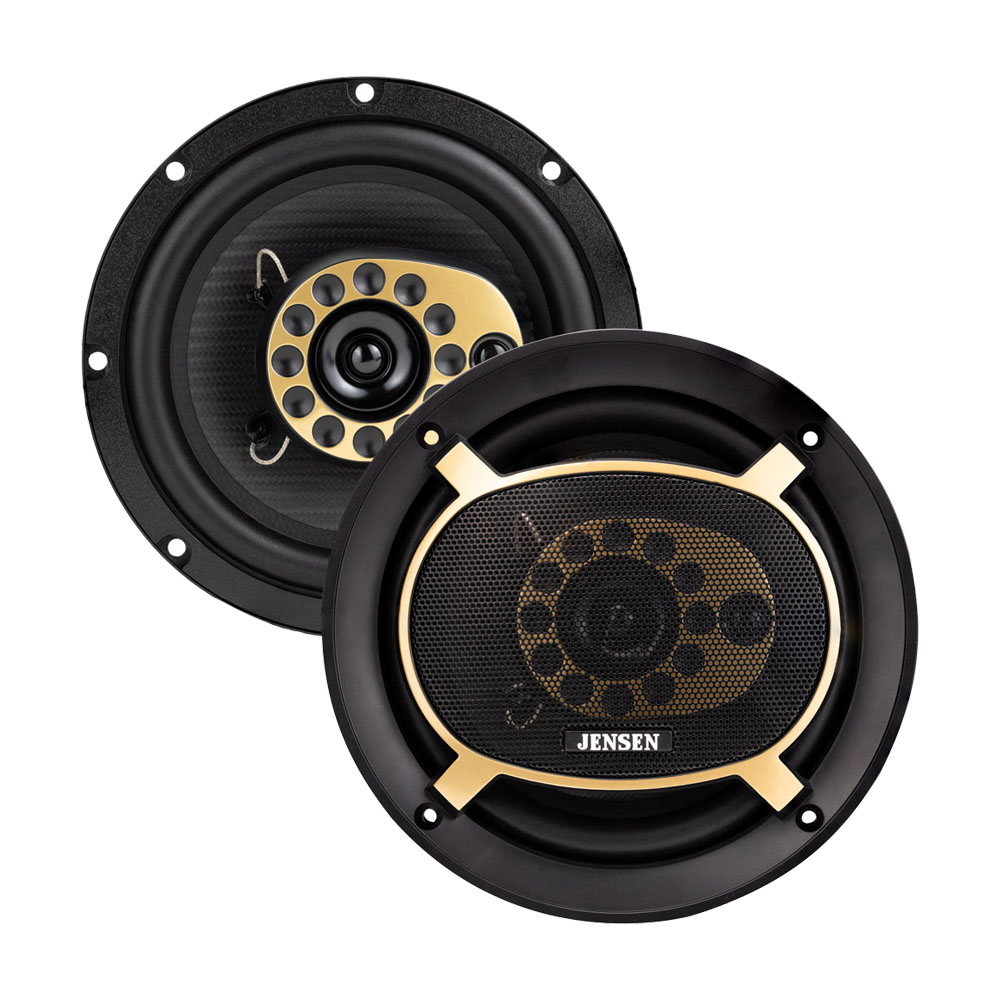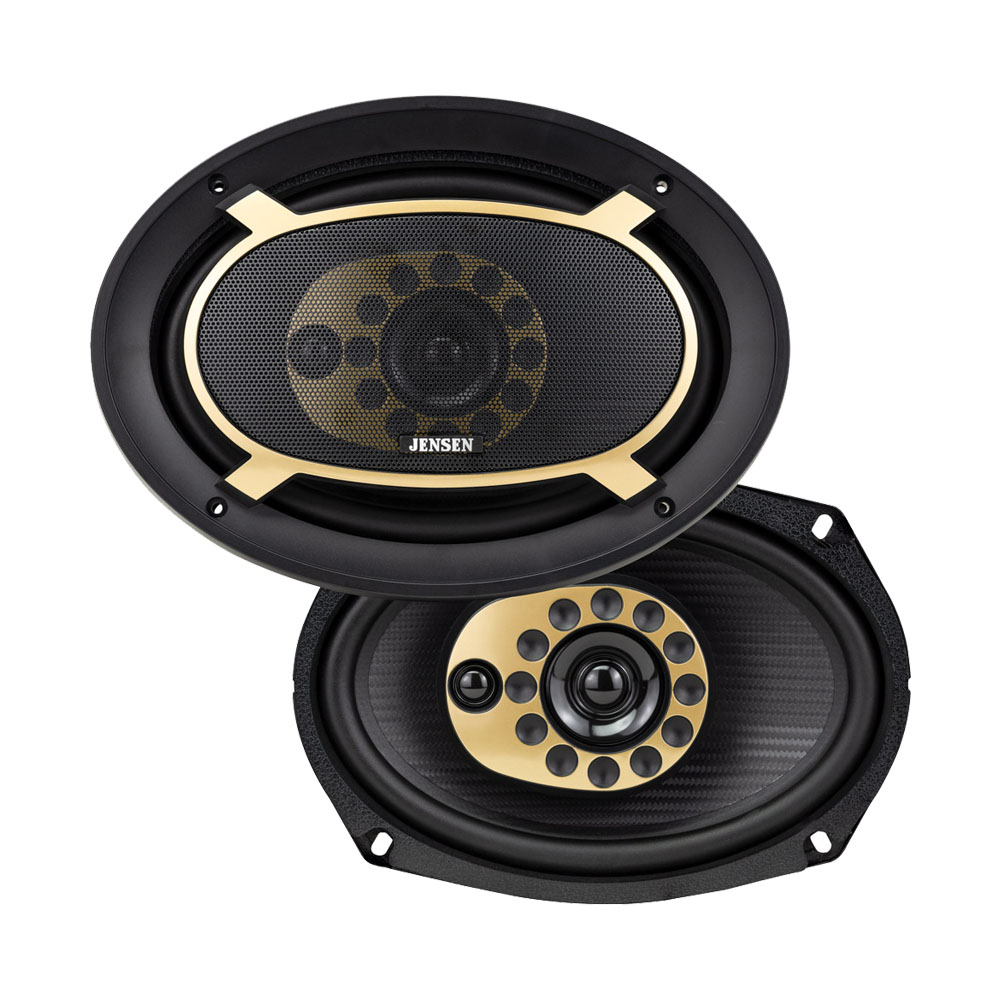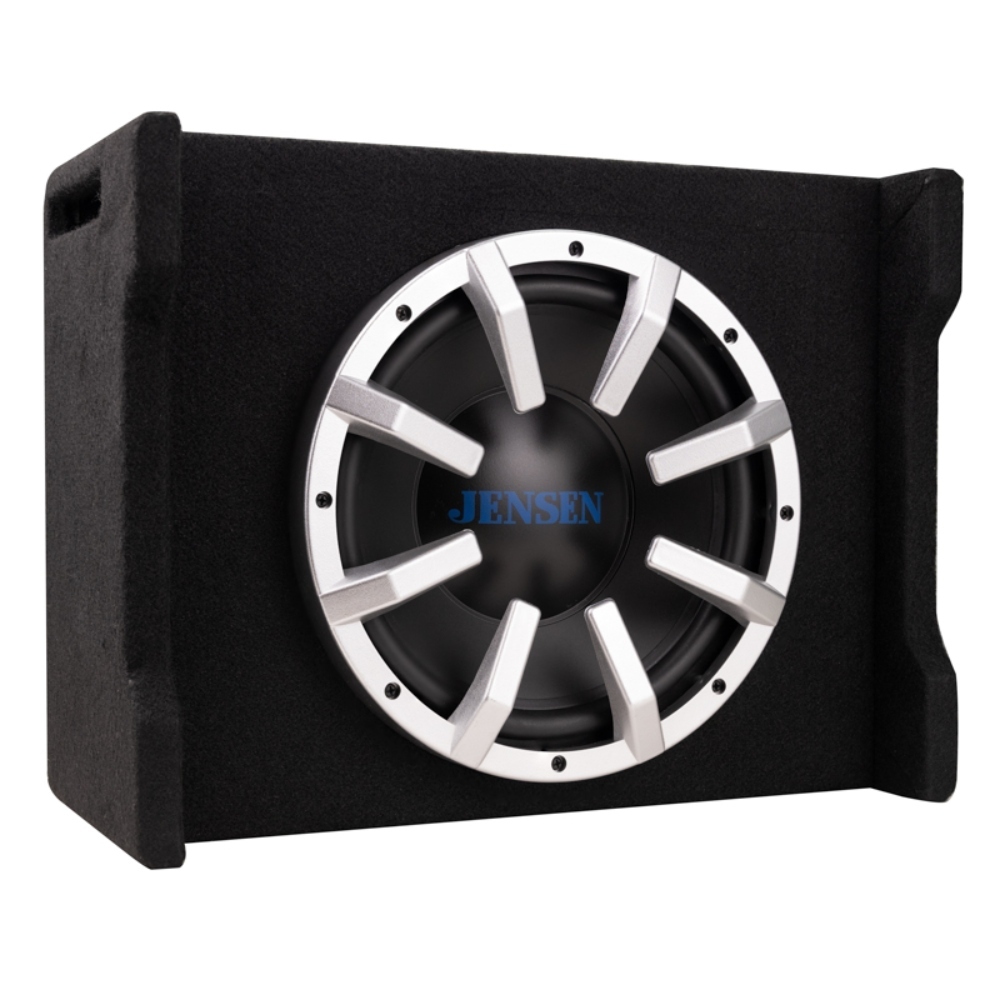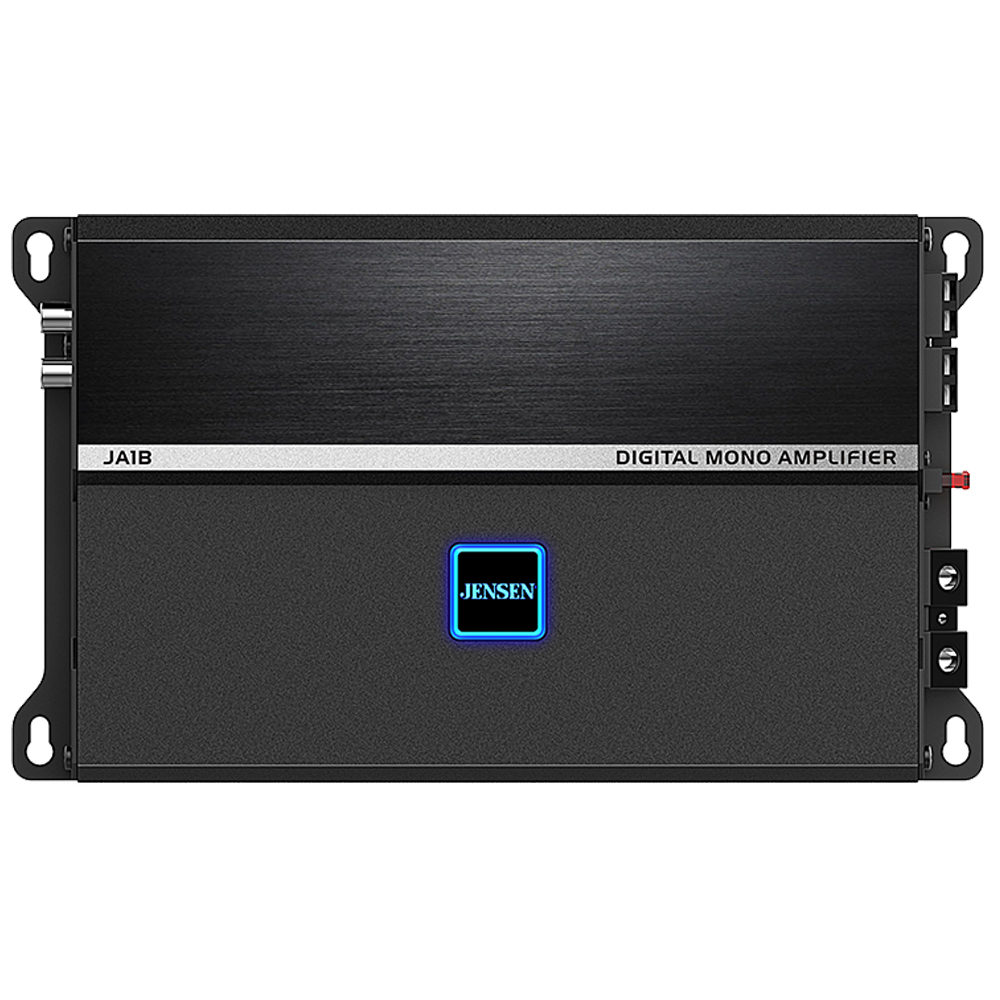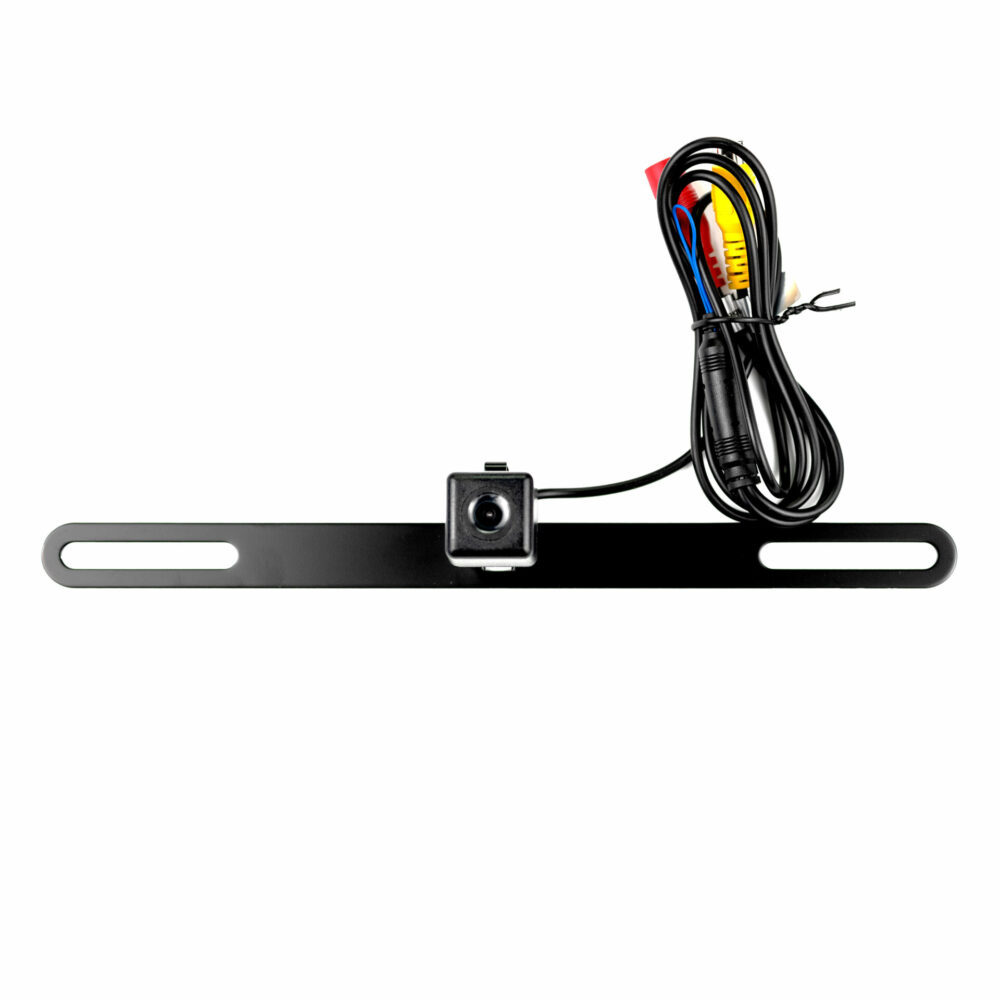Car
A Guide to Upgrading Your Car’s Sound System

Your car is more than just a mode of transportation – it’s a small reflection of your personality, and a place where you probably spend a lot of time. So why settle for mediocre audio quality when you can enjoy an immersive audio experience during your daily commute or long road trips? In this blog post, we’ll explore the step-by-step process of upgrading your car’s sound system to deliver superior sound quality, deep bass, and crystal-clear highs that will elevate your driving experience to a whole new level.
Step 1: Define Your Audio Goals and Budget
Before diving into the world of car audio upgrades, it’s essential to set clear goals and establish a budget. Determine what aspects of your current sound system you want to improve and what kind of audio experience you desire. Are you looking for better bass, clearer vocals, or all-around balanced audio? Once you have a clear vision, set a budget that aligns with your goals.
Step 2: Upgrade the Head Unit
The head unit, also known as the car stereo or receiver, is the heart of your car’s audio system. If your vehicle still has the factory-installed head unit, consider upgrading it to a higher-quality aftermarket unit. Aftermarket head units offer features like Bluetooth connectivity, smartphone integration, larger touchscreen displays, and more advanced audio controls, all of which can significantly enhance your audio experience.
Step 3: Replace the Speakers
Factory-installed car speakers are often a weak point in the audio system. Upgrading them can make a remarkable difference in sound quality. Look for speakers from reputable brands that match the size and specifications of your vehicle’s original speakers. Pay attention to factors like power handling, sensitivity, and frequency response to ensure compatibility and optimal performance.
Step 4: Amplify the Sound
To amplify the audio and achieve a more powerful and dynamic sound, invest in a high-quality car amplifier. Amplifiers help boost the signal from your head unit to the speakers, resulting in clearer and louder sound reproduction. They also reduce distortion and improve the overall audio fidelity. Choose an amplifier that matches the power rating of your speakers to prevent damaging them and to maintain sound clarity. Check out this guide for more information on how to choose the right amplifier.
Step 5: Add a Subwoofer
If you crave deep and punchy bass, a subwoofer is a must-have component in your upgraded car audio system. Subwoofers specialize in reproducing low-frequency sounds that regular speakers struggle to deliver. Whether you prefer the rumble of bass-heavy tracks or the subtle thump of well-balanced audio, a subwoofer will elevate your listening experience to new depths.
Step 6: Sound Dampening and Insulation
Enhance the overall acoustic environment of your car by installing sound dampening materials and insulation. This step reduces external noise, rattling, and vibrations, allowing your upgraded sound system to perform at its best. Apply sound dampening material to doors, floor, and trunk areas to create a quieter and more controlled soundstage.
Upgrading your car’s sound system is a rewarding endeavor that will make every drive a more enjoyable experience. By defining your audio goals, setting a budget, upgrading the head unit, replacing speakers, adding an amplifier and subwoofer, and improving sound dampening, you’ll create an immersive audio environment that rivals high-end home theater systems. Remember to choose reputable brands and seek professional help if you’re unsure about the installation process. Once you’ve completed the upgrade, get ready to rediscover your favorite music, podcasts, and audio content in a way you’ve never experienced before. Happy listening and safe driving!



